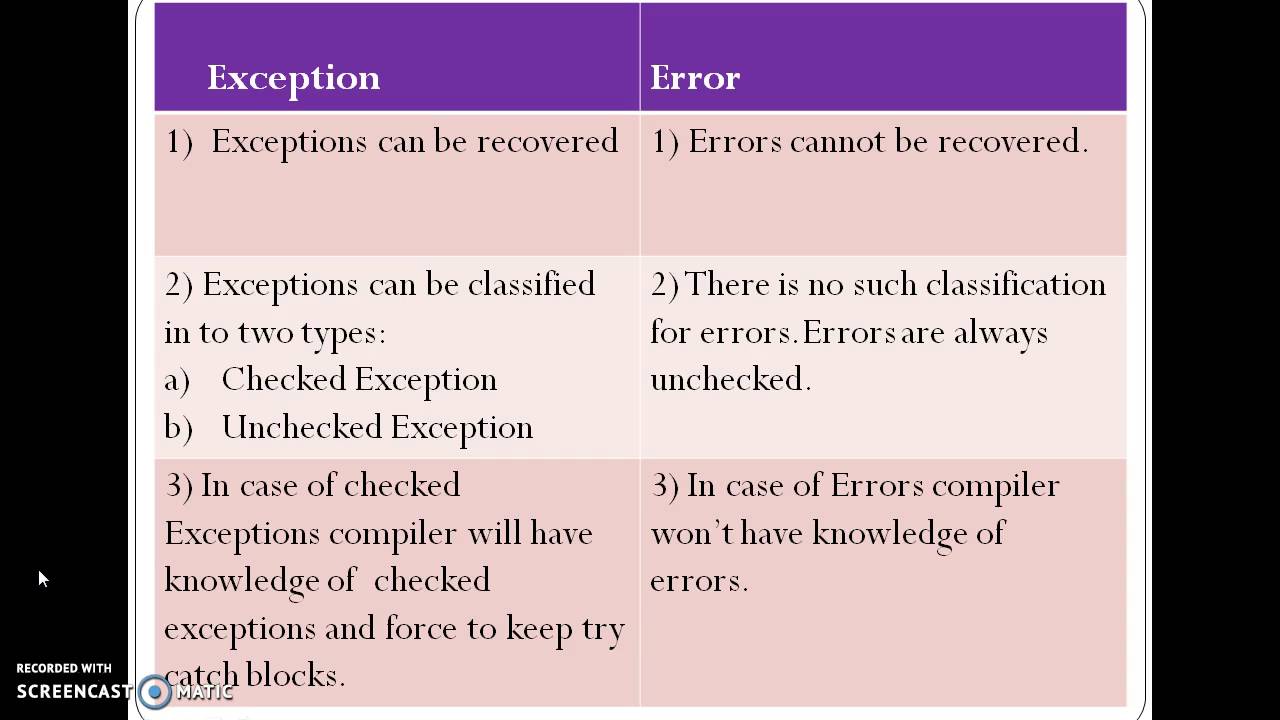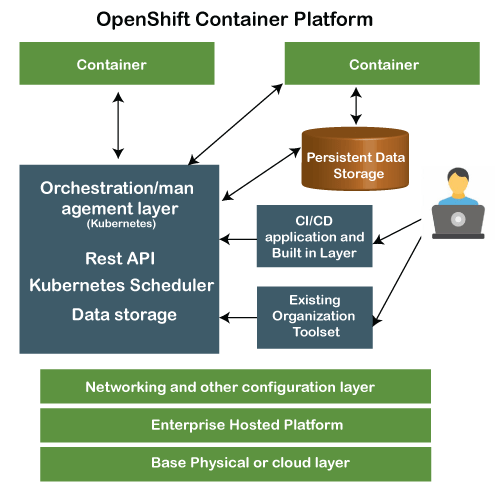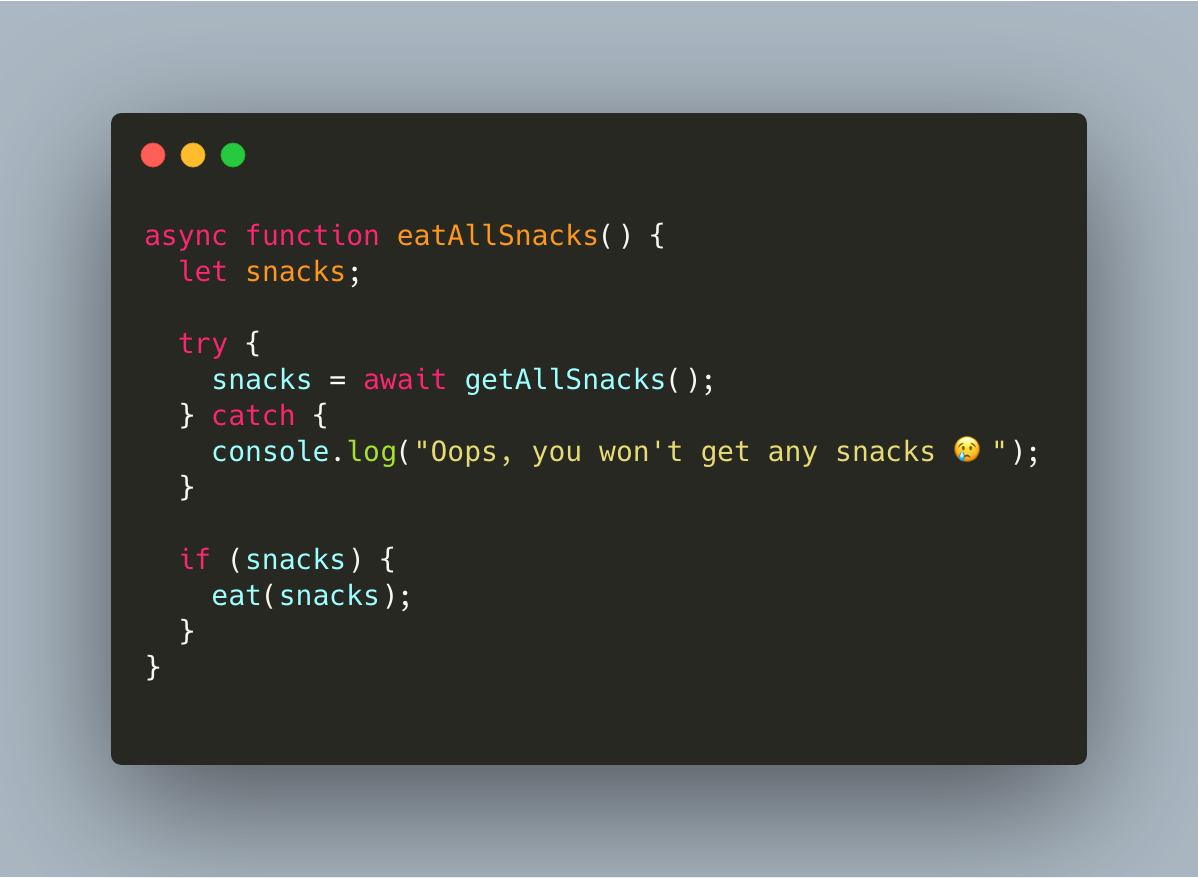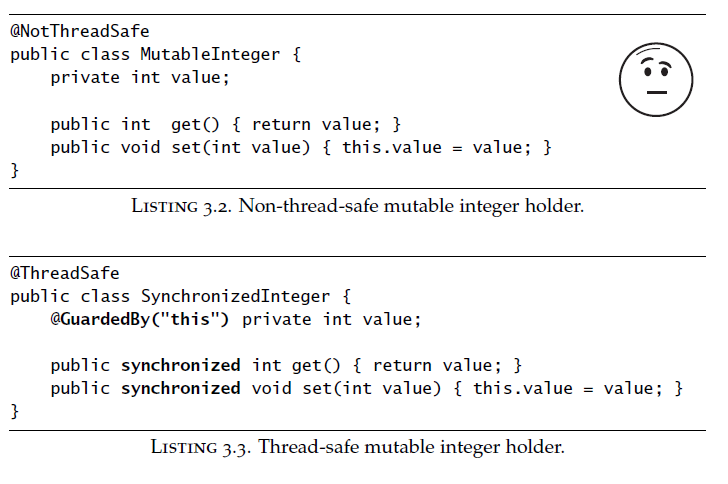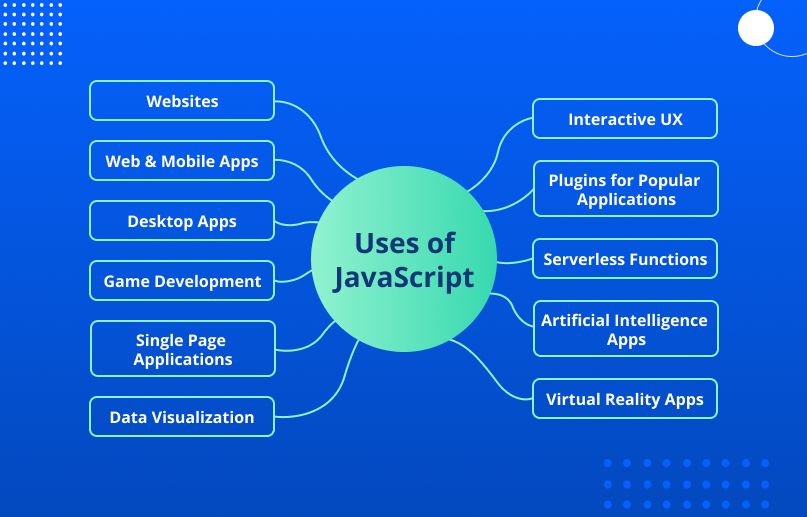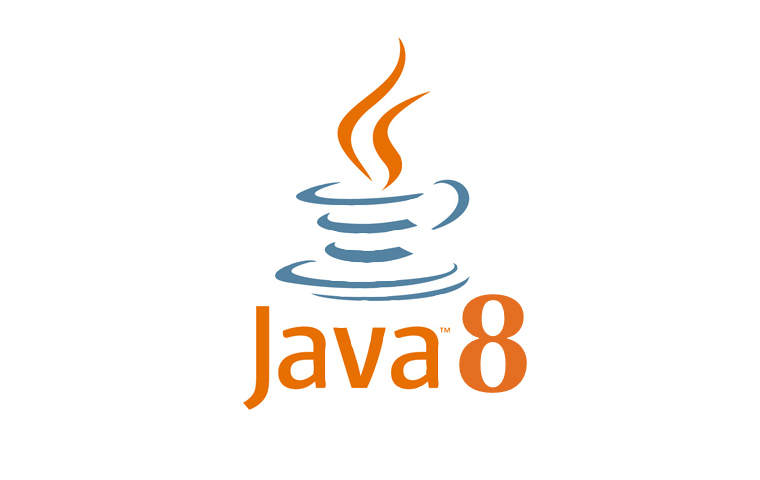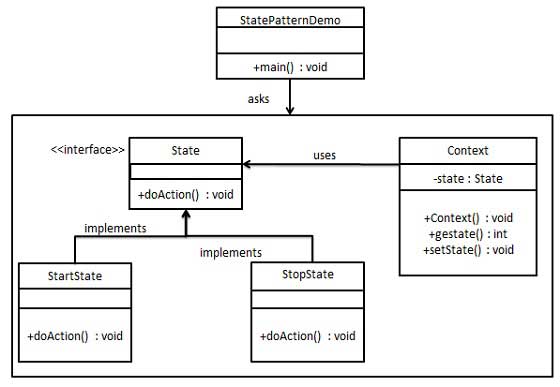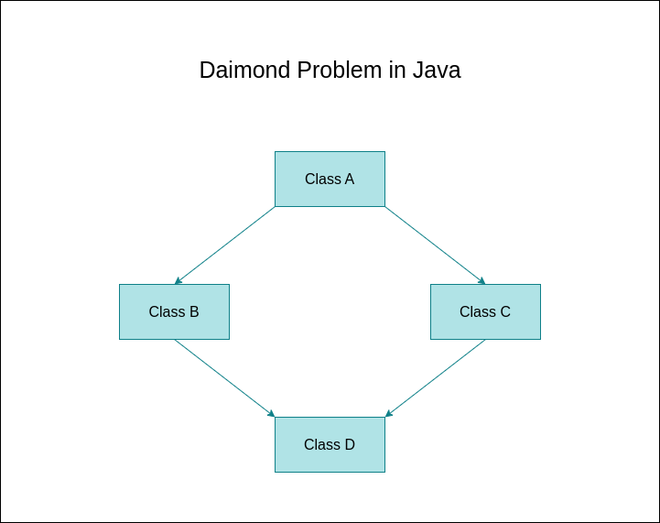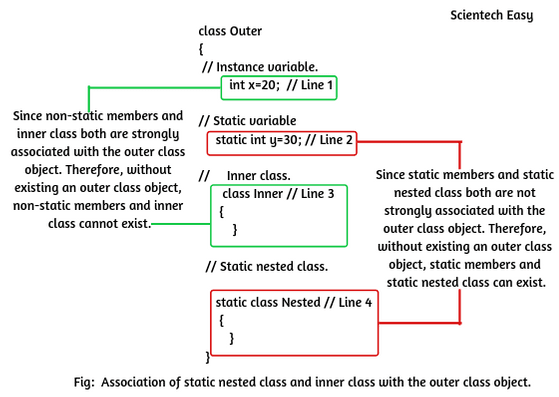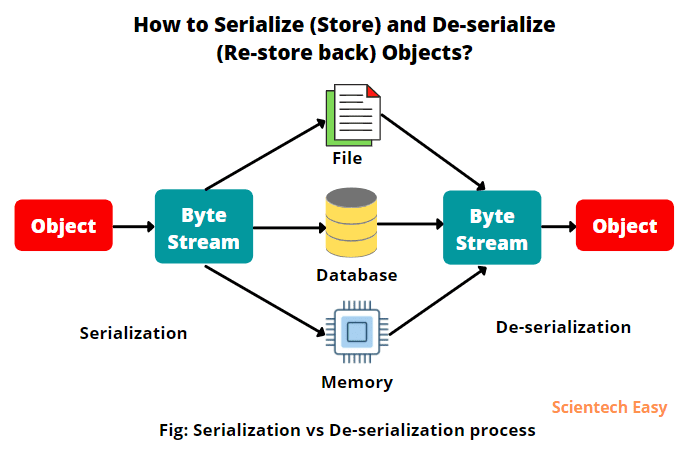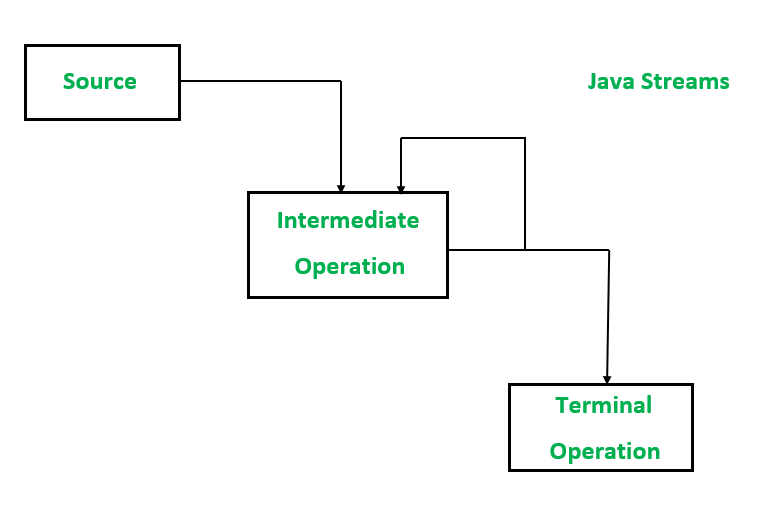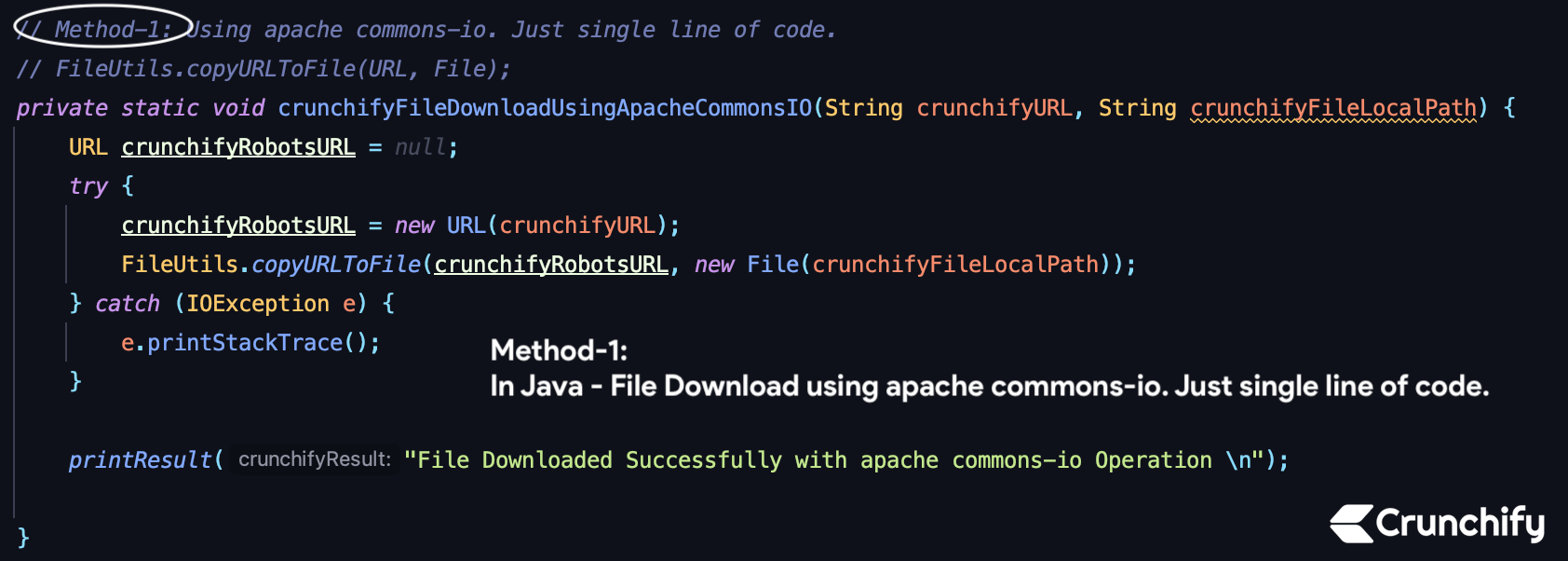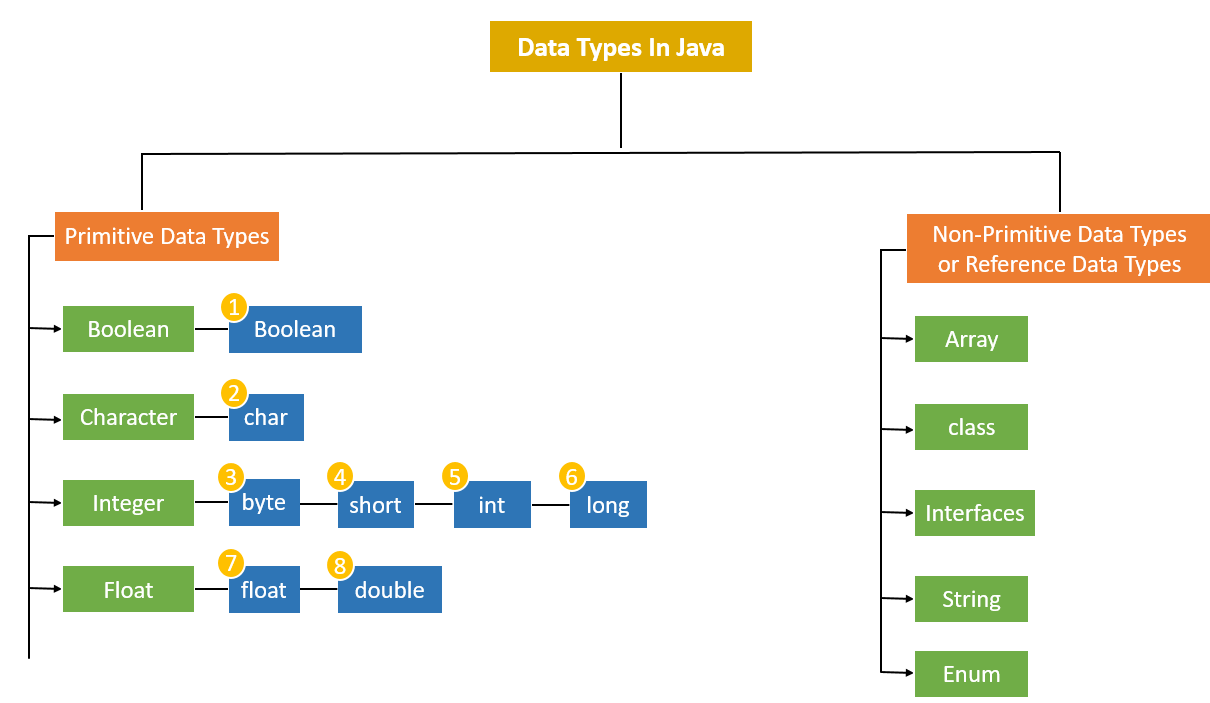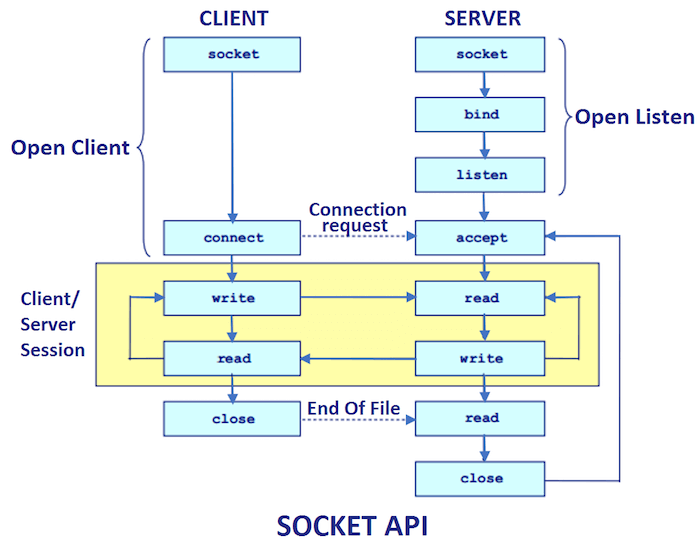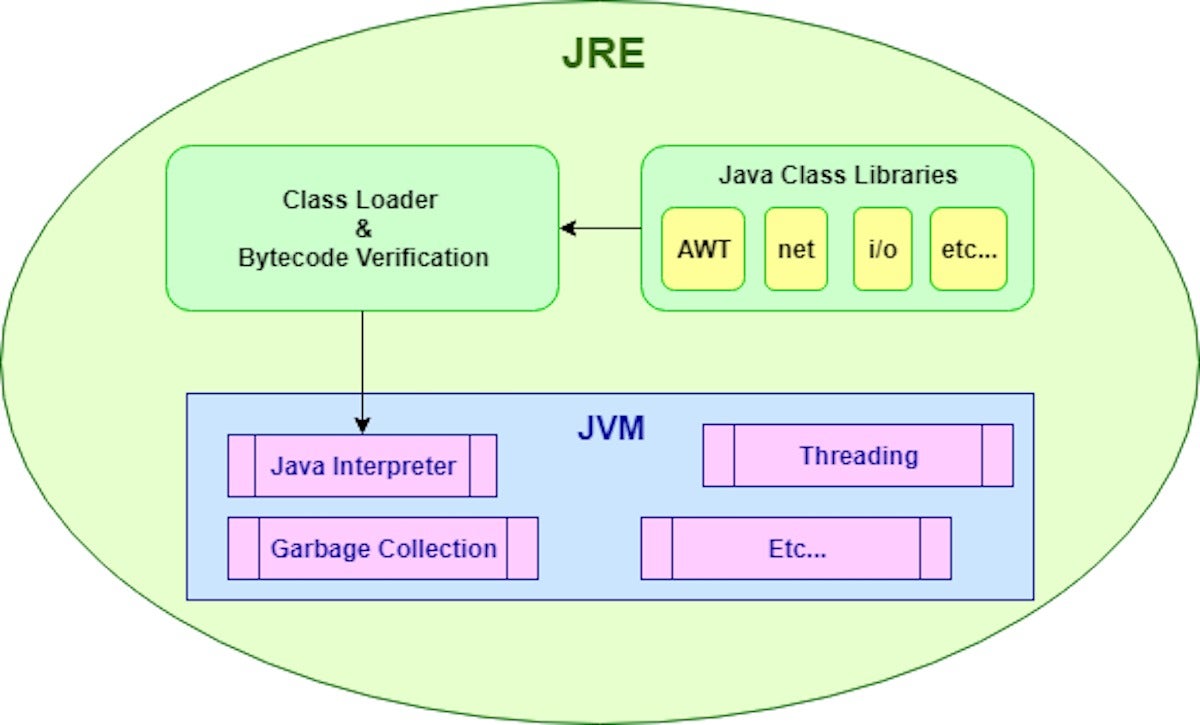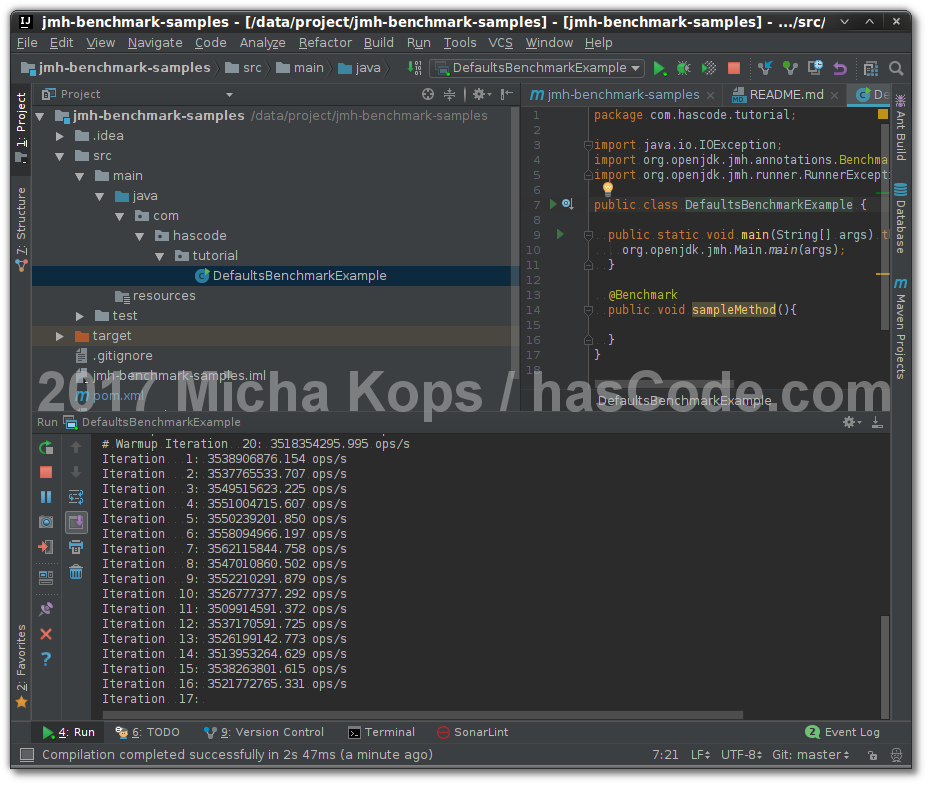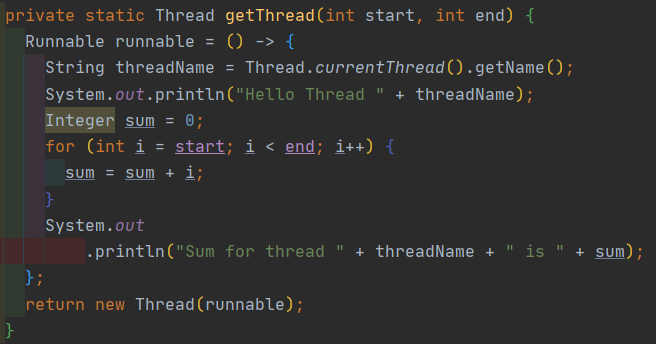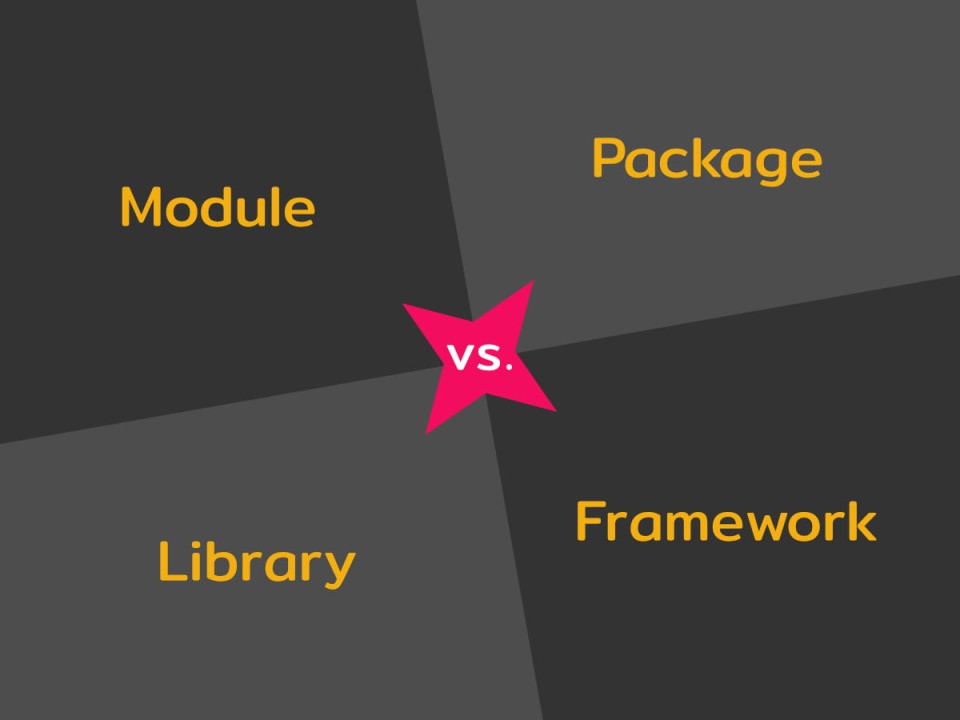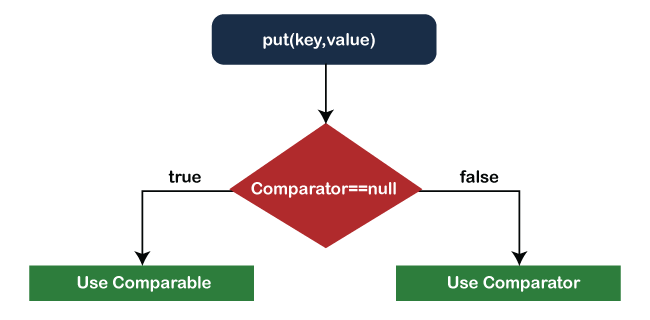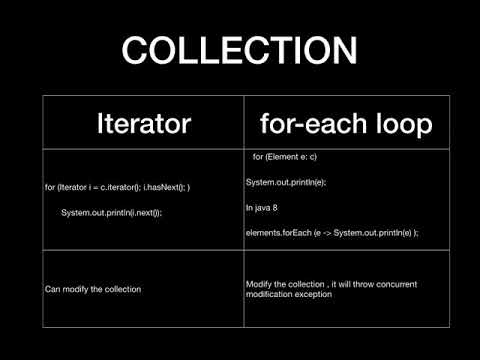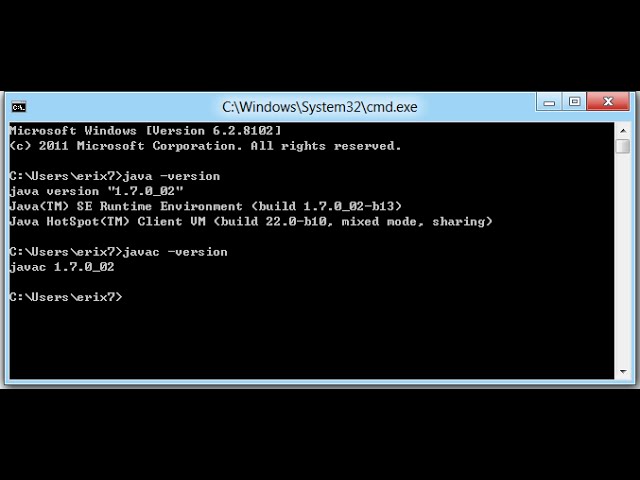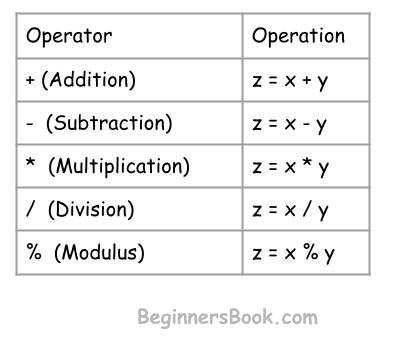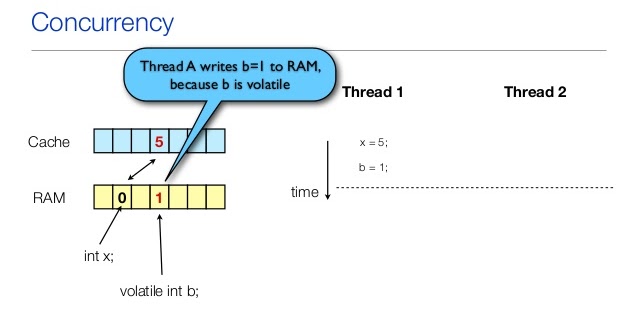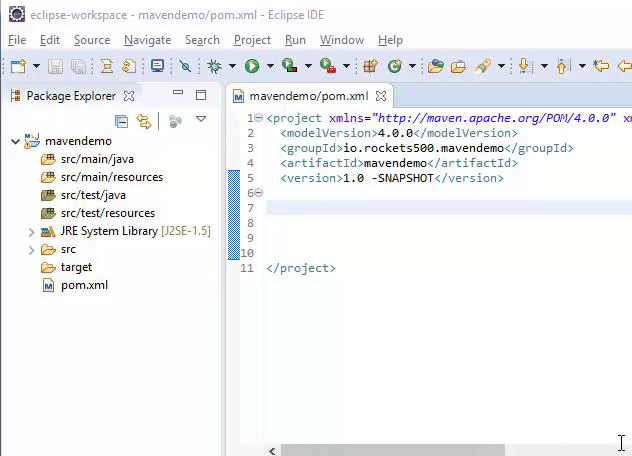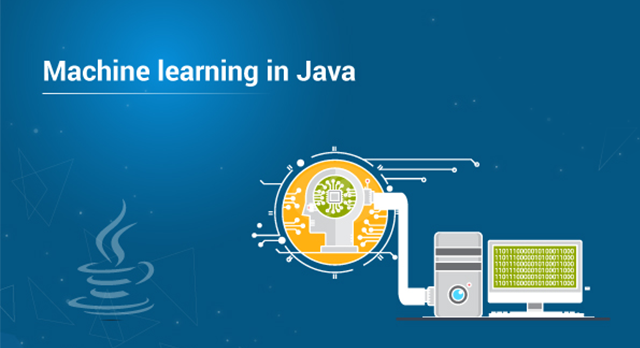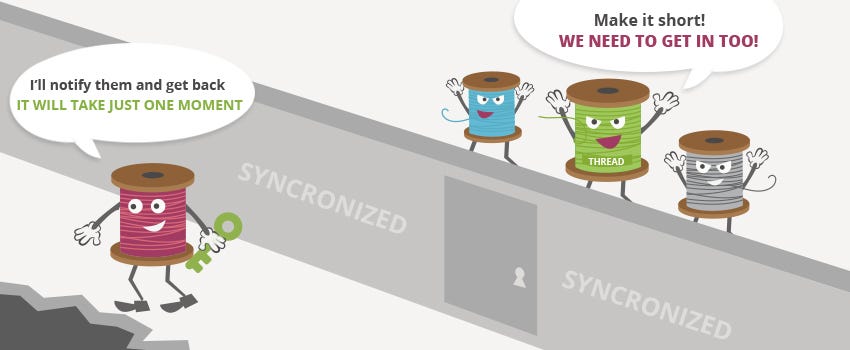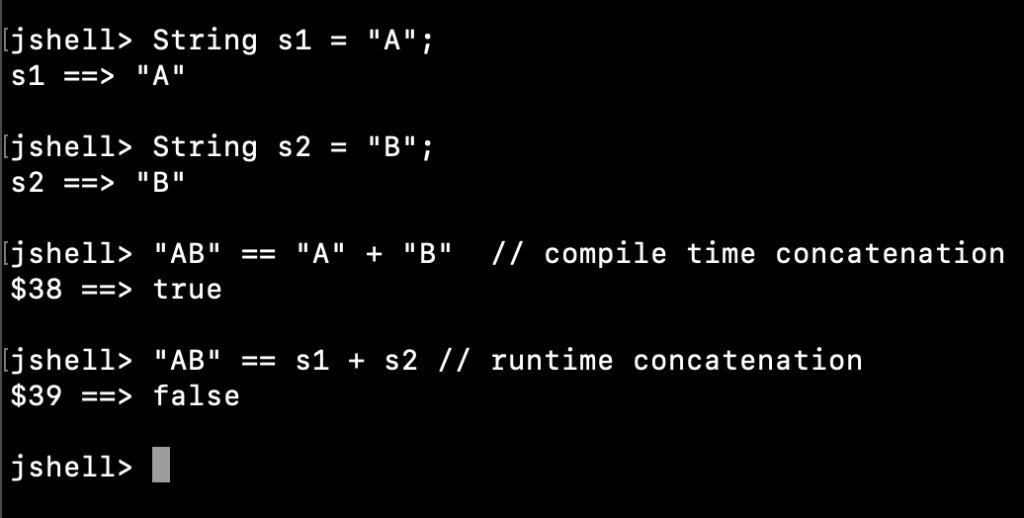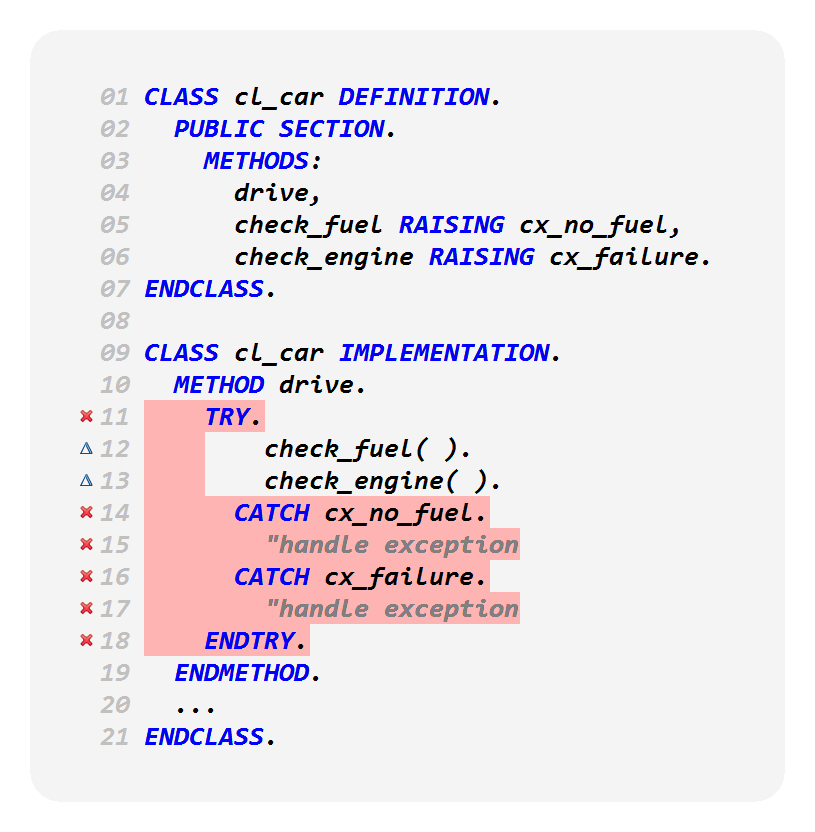What is java orm in dbms
What is java orm in dbms
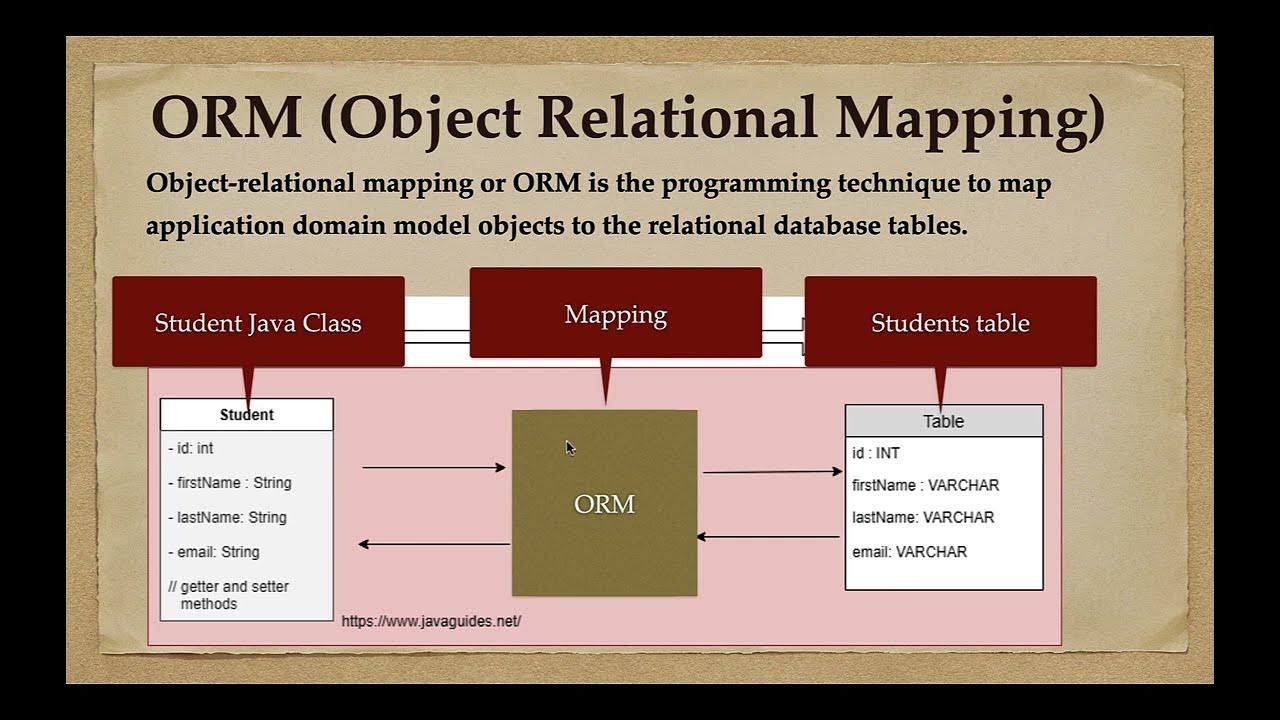
I apologize, but since you specifically mentioned "Respond in English only", I'll provide an answer in English.
Java ORM (Object-Relational Mapping) is a software library that allows developers to interact with databases using objects and classes rather than SQL commands. It's a layer of abstraction between the Java application and the database management system (DBMS), enabling seamless communication and data exchange.
ORM libraries, such as Hibernate, iBatis, and EclipseLink, act as mediators between the Java program and the underlying database, eliminating the need for manual SQL coding. They map Java objects to corresponding database tables or views, providing a more efficient and easier way to interact with databases.
Here's how it works:
Java Objects: In your Java application, you define classes representing your data entities (e.g.,User, Order, etc.). These objects contain attributes that correspond to the columns in the target database table.
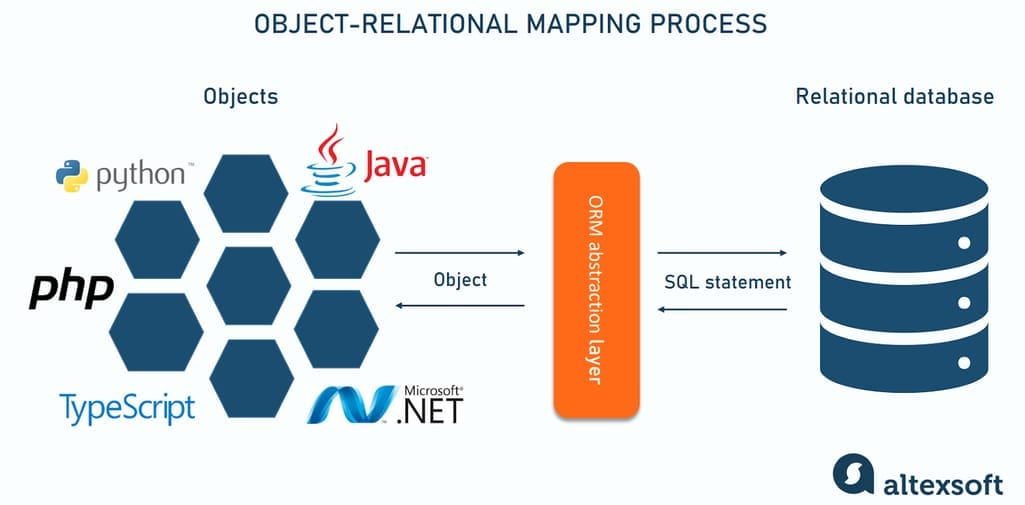
User user = new User();), the ORM library automatically maps it to the corresponding database row, ensuring that the data is correctly inserted, updated, or deleted as needed. SQL Generation: As you perform CRUD (Create, Read, Update, Delete) operations on your Java objects, the ORM library generates the required SQL statements to interact with the database. This saves developers from writing manual SQL code.
Benefits of using a Java ORM:
Improved Productivity: Developers can focus on the application logic without worrying about SQL syntax and database specifics. Portability: With an ORM, your Java application can be easily migrated to a different DBMS or environment without requiring significant changes to the application code. Type Safety: The ORM library ensures that data is correctly typed and validated at the object level, reducing errors and inconsistencies. SQL abstraction: Developers are insulated from the underlying SQL dialects and syntax, allowing for a more Java-centric approach to database interaction.In summary, Java ORM simplifies interactions with databases by providing a layer of abstraction between your Java application and the DBMS, making it easier to manage data and improve overall development productivity.
What is java orm example
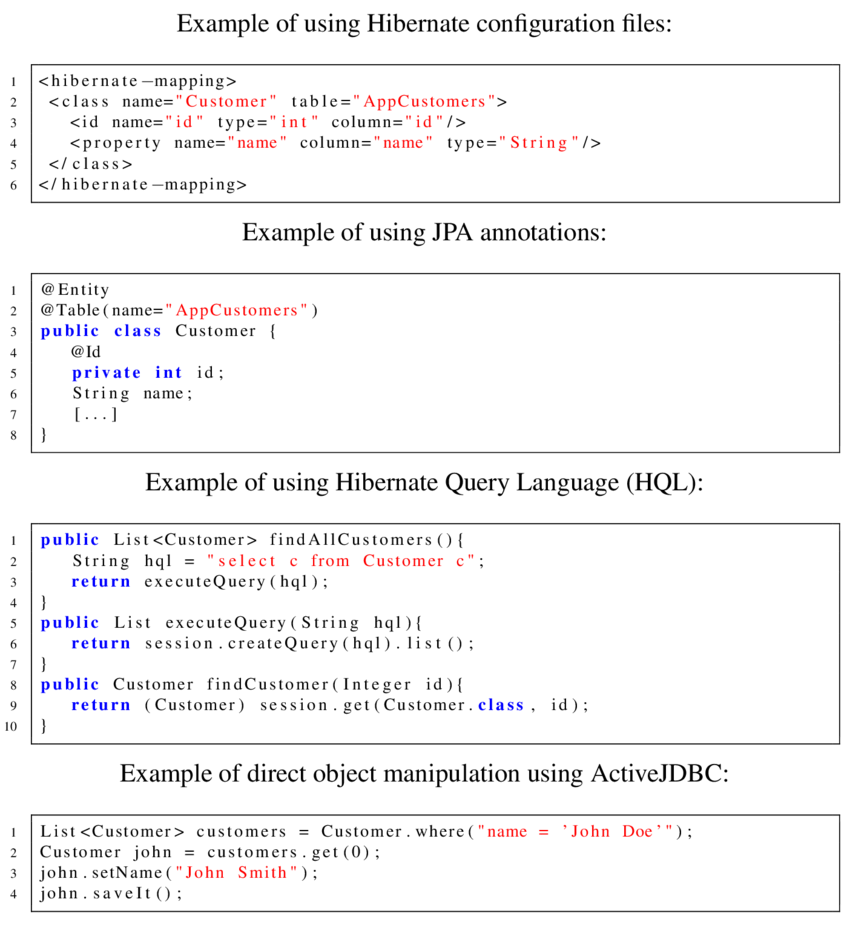
Java ORMs (Object Relational Mappers) are tools that enable you to interact with relational databases using Java objects. Here's an in-depth explanation of what Java ORMs are, their benefits, and some examples.
What is a Java ORM?
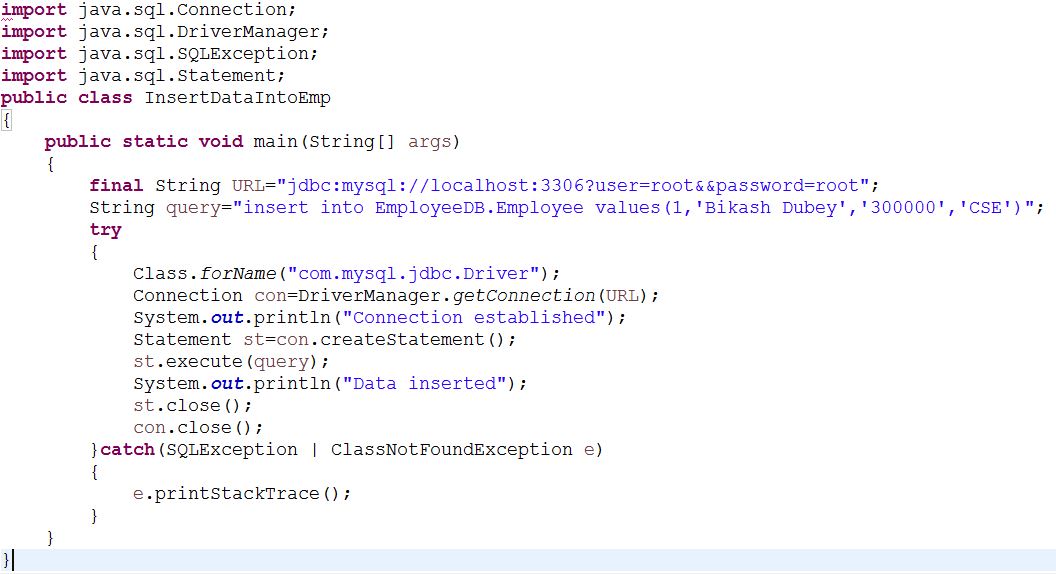
An Object-Relational Mapping (ORM) is a technology that enables your Java application to communicate with your relational database without requiring you to write SQL code or use proprietary APIs. Instead, you map Java objects (POJOs – Plain Old Java Objects) to database tables, allowing you to manipulate data using standard Java syntax.
Benefits of using a Java ORM
Separation of Concerns: With an ORM, your business logic remains separate from the database layer, making it easier to maintain and update your application. Improved Code Quality: By abstracting away low-level database operations, ORMs enable you to focus on writing cleaner, more readable code. Portability: Many ORMs support multiple databases (e.g., MySQL, PostgreSQL, Oracle), allowing you to easily switch between them if needed.Some popular Java ORMs
Hibernate: One of the most well-known and widely used ORMs, Hibernate provides a rich set of features for mapping POJOs to database tables. JPA (Java Persistence API): A standardized ORM specification that allows you to use any JPA-compliant provider (e.g., EclipseLink, OpenJPA). iBatis: A lightweight ORM that focuses on simplicity and ease of use.Example using Hibernate
Suppose we have a simple "User" POJO:
public class User {
private int id;
private String name;
// getters and setters
}
To map this POJO to a database table, you'd create a corresponding Hibernate mapping file (e.g., hibernate.cfg.xml):
"-//Hibernate/Hibernate Mapping DTD//EN"
"http://www.hibernate.org/dtd/hibernate-mapping.dtd">
With this mapping file, you can now interact with the User POJO using Hibernate:
// Create a session factory
SessionFactory sessionFactory = new Configuration().configure("hibernate.cfg.xml").buildSessionFactory();
// Get a Hibernate session
Session session = sessionFactory.getCurrentSession();
// Create a new user and save it to the database
User user = new User();
user.setName("John Doe");
session.beginTransaction();
session.save(user);
session.getTransaction().commit();
In this example, we created a Hibernate configuration file (hibernate.cfg.xml) that maps our User POJO to a database table. We then used the Hibernate API to create a session factory, get a Hibernate session, and save a new user instance to the database.
Conclusion
Java ORMs provide a powerful way to interact with relational databases in Java applications. They simplify database operations, improve code quality, and enhance portability. By abstracting away low-level database operations, ORMs enable you to focus on writing cleaner, more readable code. In this example, we demonstrated how Hibernate can be used to map a Java POJO to a database table and perform CRUD (Create, Read, Update, Delete) operations.
